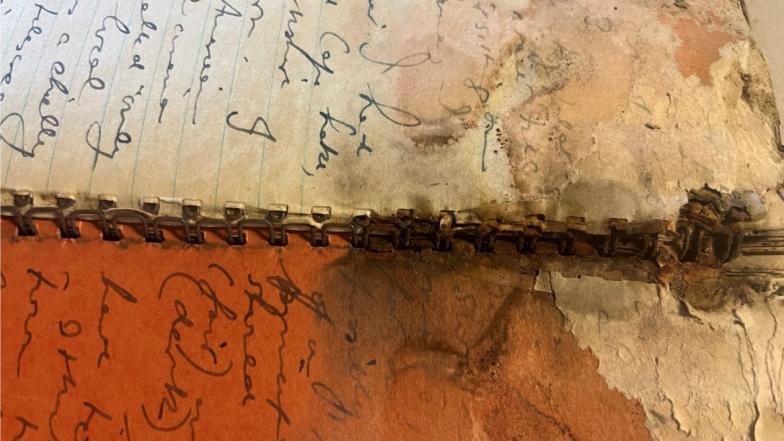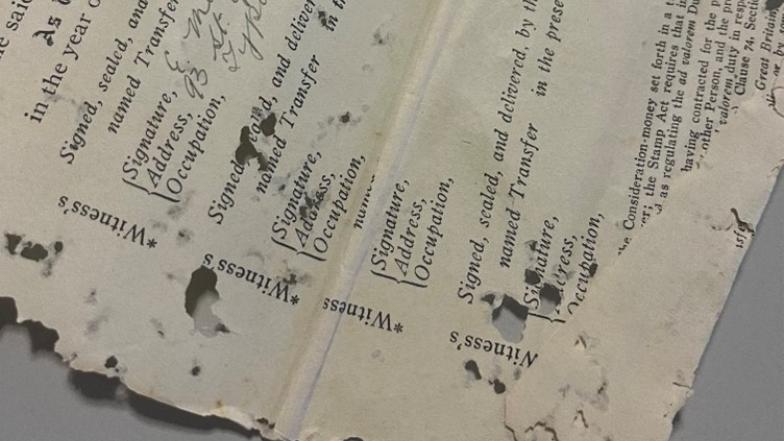A Labour of Love: Scrapbooks, Clippings, and the Preservation of Memory

Scrapbooks and albums are more than just collections of paper; they are carefully curated keepsakes of lives lived, moments cherished, and histories remembered. Rooted in storytelling and print culture, scrapbooking has long been a way to document significant events and create meaningful narratives from ephemeral materials.
From newspaper clippings capturing global milestones to handwritten notes and illustrations, these assembled pages serve as rich historical records. However, their mixed-media nature—combining newsprint, adhesives, photographs, and other materials—presents unique conservation challenges that require specialized care.
In an age where the digital often overshadows the physical, the intrinsic value of newspapers and clippings as cultural and historical artifacts cannot be overstated. They are, in many ways, love stories written in ink—capturing the essence of moments long passed, holding stories of milestones and everyday life, and remaining a staple in the telling of our collective narratives. Knowing how to protect newspapers and clippings with archival products is not only about preservation, but also about readying these precious items for the hands and eyes of future historians, researchers, and the simply curious.
For us, preserving scrapbooks and newspaper clippings is both a duty and a privilege. These fragile objects provide insight into personal and collective histories, but their very composition makes them vulnerable to deterioration. Many contain acidic paper that yellows and becomes brittle, adhesives that stain or detach over time, and inks prone to fading.

Environmental factors such as fluctuating humidity, mould, and pests further threaten their longevity. By studying the damage these materials endure, we gain a deeper understanding of their history and provenance, which allows us to develop appropriate conservation strategies.

Ensuring the longevity of these records requires a balance between preservation and accessibility. Maintaining stable environmental conditions, using archival storage materials, and handling items with care all contribute to their survival. Conservation efforts such as surface cleaning, monitoring, and proper housing extend their lifespan, while digitization provides continued access without the risk of physical damage.

The work of preservation is not just about protecting paper—it is about maintaining the integrity of the stories, emotions, and moments that shaped our world. By safeguarding these tangible pieces of history, we ensure that the voices of the past remain within reach of the future.
Today, as we safeguard these material pieces of history, we continue a tradition of preserving knowledge and memory—ensuring that the love and care poured into these collections endures. Just like a well-preserved love letter, a thoughtfully conserved scrapbook allows the heart of its stories to remain intact, whispering across time to those who seek to understand and remember.